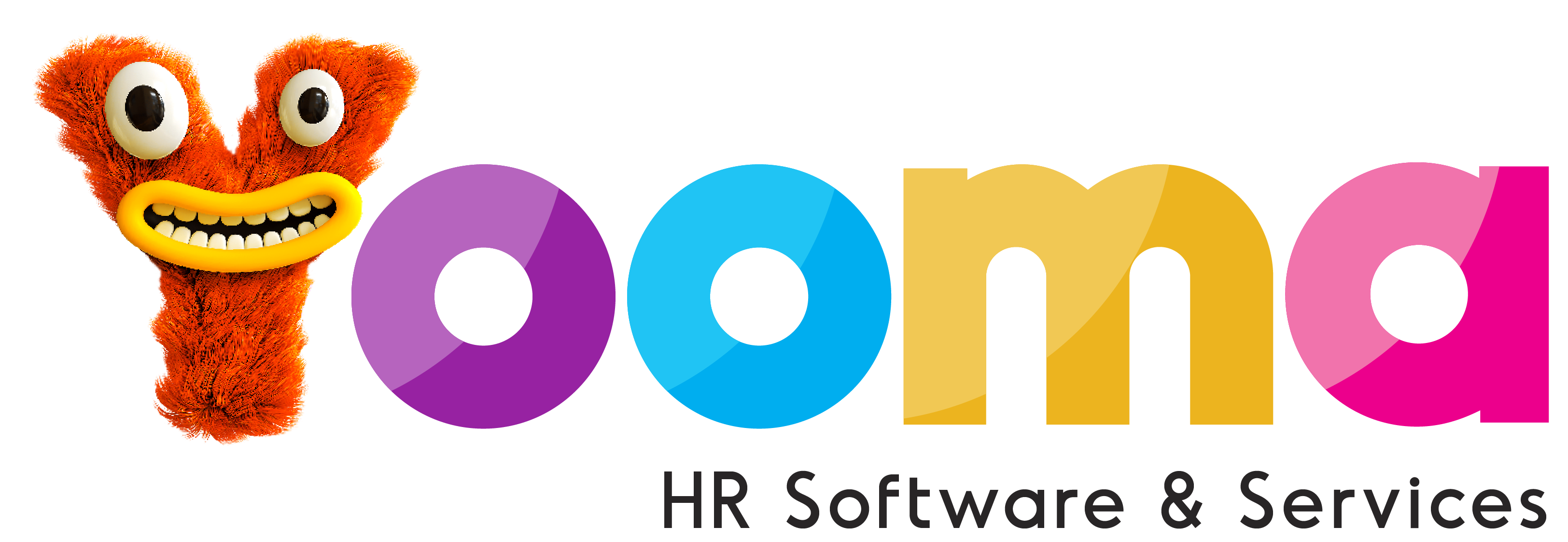Preparing for the Future: Upskilling and Reskilling Your Workforce
This post was written by Izette Groenewald

Understanding the Difference: Upskilling vs. Reskilling
Before developing strategies, it’s important to understand these two key concepts:- Upskilling focuses on enhancing an employee’s existing skills to meet higher or new responsibilities. This could involve advanced technical training or leadership development.
- Reskilling involves training employees in new skills to transition them into different roles, helping to fill gaps created by automation or shifts in business needs.
Identifying Skill Gaps
The first step in preparing for the future is understanding where your team stands today. Conducting a skills gap analysis helps determine the abilities your workforce currently possesses compared to the skills needed to meet future goals. This involves assessing current roles, responsibilities, and performance against future business objectives. Data analytics can play a crucial role in this process by highlighting trends, pinpointing deficiencies, and guiding decision-making. In addition to analytics, engaging with managers and employees provides valuable insights into day-to-day challenges and potential areas for growth. Encouraging open communication fosters a sense of involvement and clarity around skill development initiatives.Designing Effective Training Programs with Yooma
Once skill gaps are identified, implementing targeted training programs is the next step. Developing personalised learning plans tailored to individual roles and goals is key to successful upskilling and reskilling efforts. By recognising that each employee learns differently, businesses can improve engagement and outcomes. Yooma’s HR software offers features that can facilitate this process:- Document Management: Upload and download documents assigned to an employee. Customised groupings and categories such as qualifications, contract agreements, etc., with set security levels, enable clients to protect and access all relevant documentation.
- Dynamic Reporting: Accessing the dashboards you need with multiple data export functionalities, allowing you to utilise your data your way.
- Team Engagement: Recognise your employees’ needs and commit to implementing them. By leveraging team engagement practices with Yooma HR, companies can significantly improve operations and build an empowered and productive workforce.
- Performance Management: Yooma’s Performance Management module helps track employee progress, set clear goals, and provide continuous feedback. This ensures alignment with organisational objectives and supports both upskilling and reskilling initiatives. By offering a structured and transparent process, this module enables employees to understand their development journey and stay motivated.
- On-the-Job Training: Providing practical experience and immediate application of new skills.
- E-Learning Platforms: Offering flexible, self-paced learning opportunities.
- Workshops and Seminars: Encouraging interactive learning and collaborative problem-solving.
- Mentoring and Coaching: Providing personalised support and guidance to employees.
The Role of Leadership & Communication
Effective leadership is critical to the success of upskilling and reskilling initiatives. Leaders set the tone by demonstrating a commitment to employee development and ensuring that learning resources are prioritised. Clear communication about the importance of training and its alignment with business goals helps motivate employees to participate fully. Leaders who engage in their own continuous learning set a powerful example, showing their teams that growth and development are valued at every level of the organisation.Measuring Success and Adjusting
The effectiveness of training programs should be continually monitored to ensure they are achieving their intended outcomes. Collecting feedback from employees, analysing performance metrics, and making necessary adjustments are all essential steps in refining and improving development efforts. Yooma’s Performance Management module is instrumental in this process. By providing tools to evaluate employee performance against predefined goals and benchmarks, it ensures that progress is accurately tracked. This module also allows managers to provide real-time feedback, enabling immediate course corrections where necessary. With detailed reporting and analytics, businesses can identify what’s working and where improvements are needed, ensuring training programs remain relevant and impactful.Building a Future-Ready Workforce
In an era defined by constant change, upskilling and reskilling have become strategic imperatives for organisations seeking to thrive. By proactively identifying skill gaps, implementing tailored training programs, and fostering a culture of continuous learning, HR professionals and managers can build a workforce equipped for both present challenges and future opportunities. Investing in your employees’ development not only boosts individual performance and satisfaction but also strengthens your organisation’s ability to adapt and succeed. Start today by identifying your team’s needs and setting a course for growth—because the future belongs to those who are prepared.View our Latest Blog Posts
<
>











